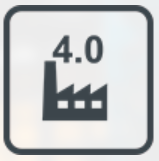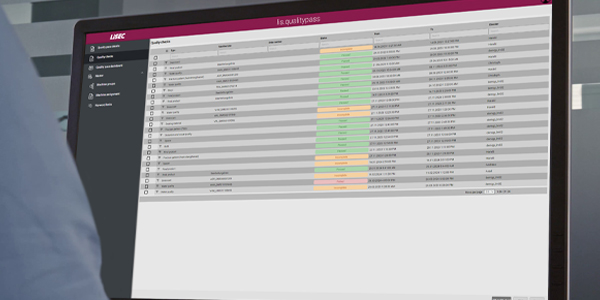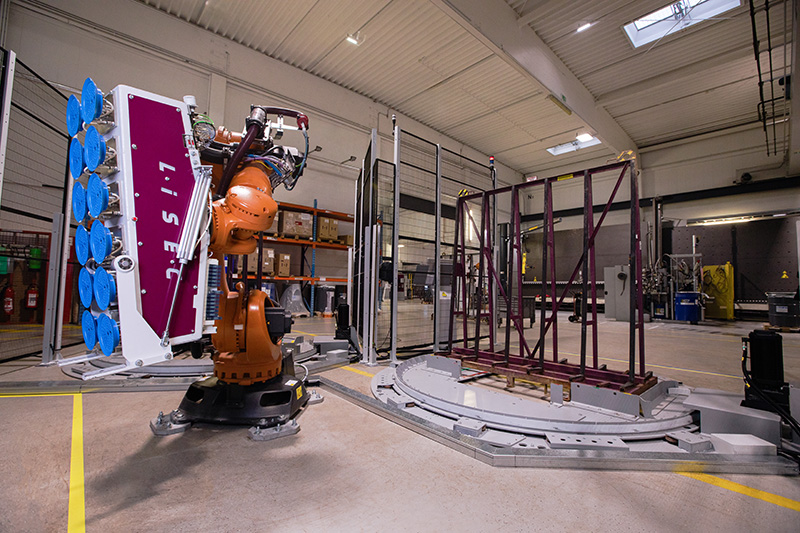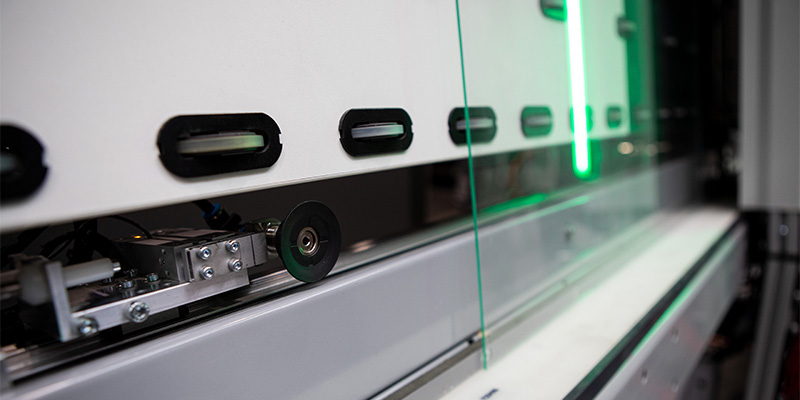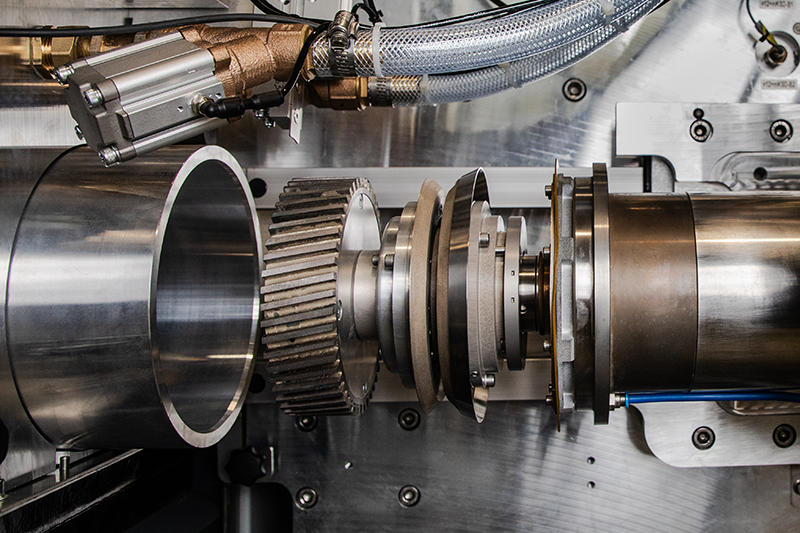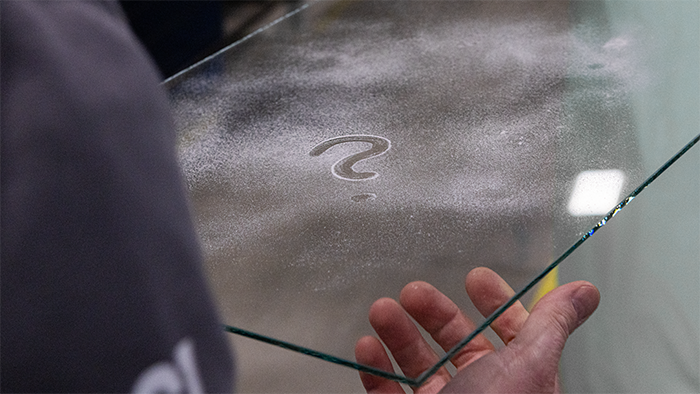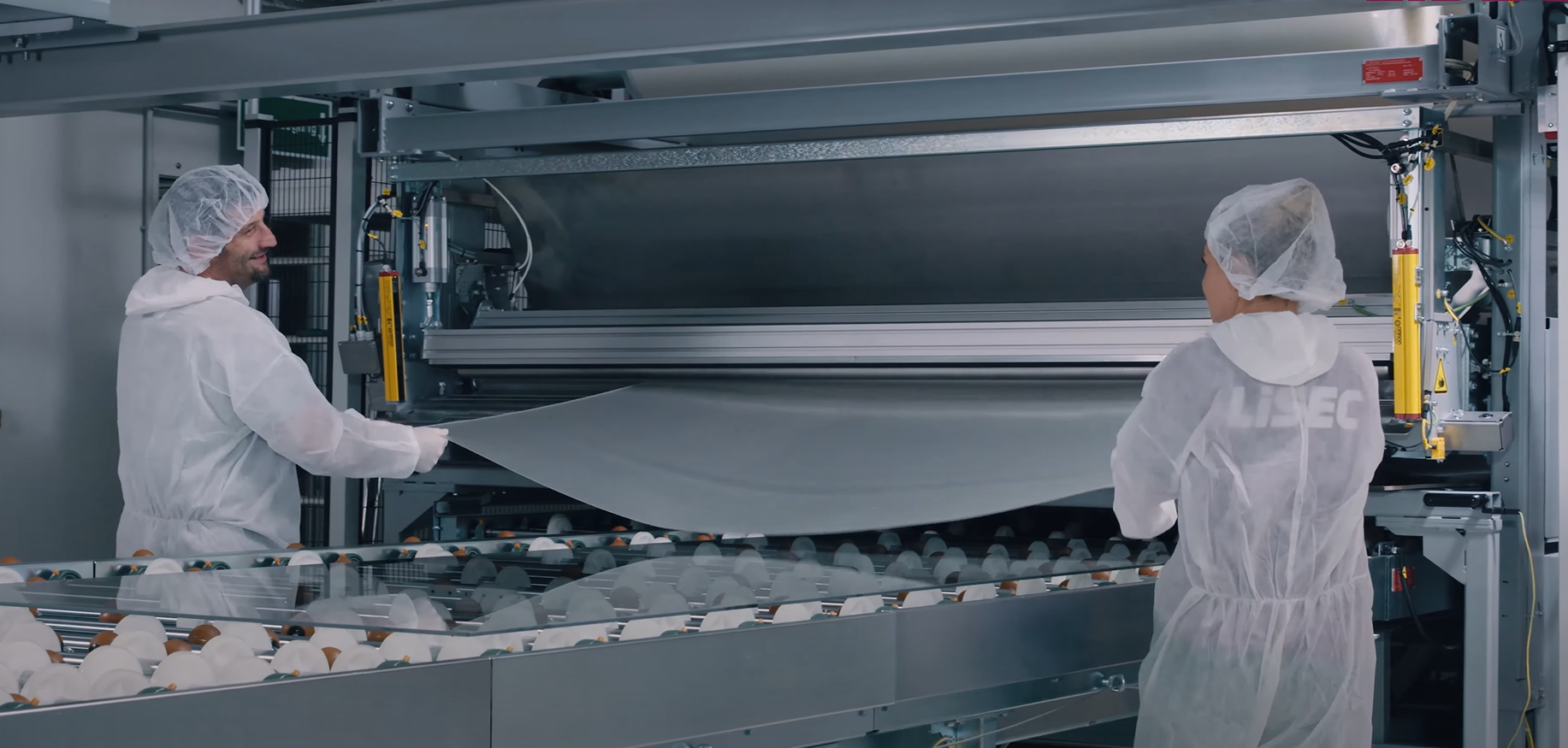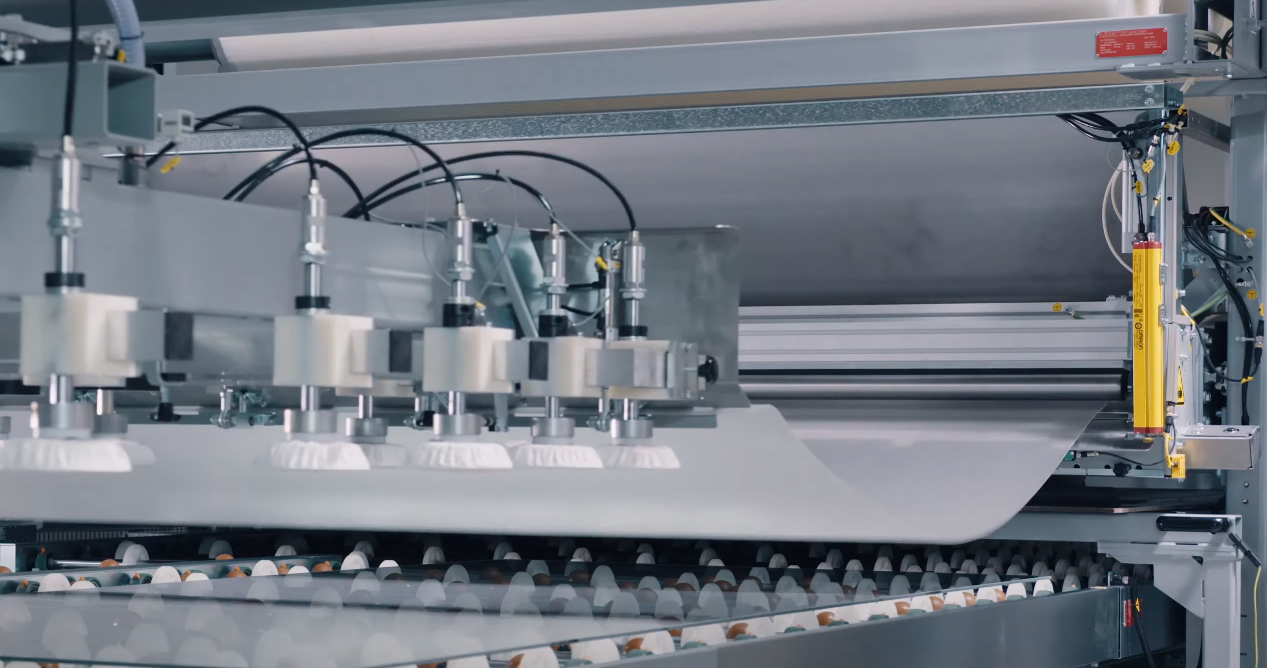lis.qualitypass - Traceable quality in insulating glass production
Quality plays a decisive role in insulating glass production. Customers rely on the properties of the products remaining the same and tolerances defined in various standards being adhered to. Production companies can only meet these requirements if they monitor the conditions under which the products are manufactured and take action if necessary. If quality defects occur, it is particularly important to be able to trace how they came about in order to define the necessary measures. With lis.qualitypass, LiSEC provides its customers with a tool that significantly increases traceability in insulating glass production.
software
6 min read














